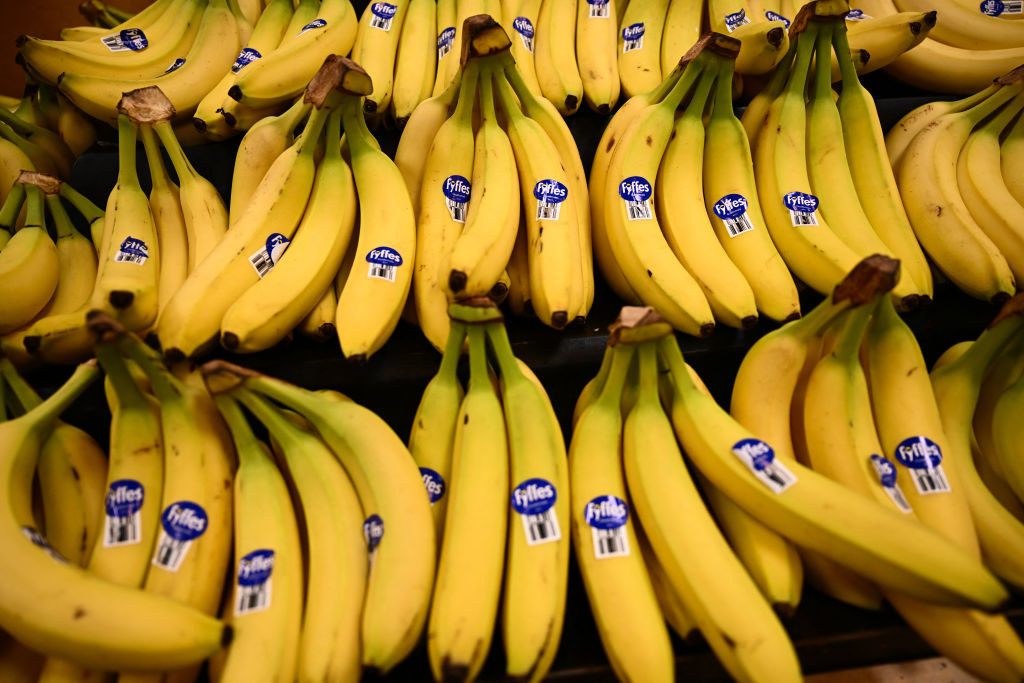Affordable and nutritious, bananas have long been a supermarket staple for consumers around the globe. But that could soon change, as climate change is contributing to a global shortage of the world’s most consumed fruit.
Shifting climate patterns—including warming temperatures and humidity—are exposing crops around the world to diseases. “This has been going on for many, many years,” says Mohammad Abu-Ghazaleh, chairman and CEO of the agriculture company Fresh Del Monte. “It hasn’t happened overnight.”
[time-brightcove not-tgx=”true”]
Two known diseases, Black Sigatoka and Tropical Race 4, are already present in key growing regions around the world, including Colombia and Peru, and experts expect that further spread of disease will have a large impact on supply over time. “This is a trend which will continue to accelerate,” Abu-Ghazaleh says. He estimates it will take about two or three decades for supply chains to be majorly disrupted, “unless there is some solution to the diseases that are overtaking the plantations in many parts of the world.”
The banana industry employs more than one million workers globally— and is expected to be hard hit by the climate crisis. A study published in March in Nature Food found that rising temperatures and socio-economic constraints such as access to export markets and government subsidies could reduce the areas suitable for growing by 60% in Latin America and the Caribbean. Currently, the two regions are responsible for 80% of banana exports for supermarkets around the world.
Bananas are the fourth most important food crop globally, with more than 400 million people relying on the fruit for 15% to 27% of their daily calories, and they’re not the only crop at risk. The looming banana shortage is just one way that climate change is going to threaten food security over the next several decades. Other staple crops, including corn, soybeans, rice, and wheat are likely to face shortages as hotter days reduce yields.
“Very hot days… even for small amounts of time during the entire growing season, can cause large losses in the yield you get from a given plot of land at the end of the growing season,” says Andrew Hultgren, assistant professor of agricultural and consumer economics at the University of Illinois, Urbana Champaign.
Climate models show that mitigation efforts are the best ways we can reduce climate impacts on our food supply. “Mitigation of warming, mitigation of our fossil fuel consumption, is probably one of the most effective things we can do to protect the future of global agriculture,” says Hultgren.
A shortage doesn’t necessarily mean empty shelves at the grocery store—but it does mean higher prices. “If there’s just less [bananas] being produced, that means prices are higher, and that to consumers is going to feel like inflation,” says Hultgren. Banana prices have been on the rise this year—rising 3.3% in May as the Trump Administration introduced new tariffs.
For banana lovers, one silver lining remains. Though banana prices might be on the rise, experts predict that bananas will keep their title as the most affordable fruit. “I think that even over the next decade or so, the banana will still be the cheapest fruit on the shelf,” says Abu-Ghazaleh, whose company is a major fruit supplier. “The consumer will still have the opportunity to enjoy a very affordable fruit compared to any other.”

